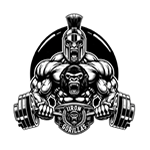
Dianabol, chemically known as Methandrostenolone, holds a legendary status in the bodybuilding community and is celebrated as one of the first anabolic steroids to hit the fitness scene. It’s highly regarded for its effectiveness in rapidly increasing muscle mass and strength, making it a staple in many bulking cycles. Bodybuilders often perceive Dianabol as a powerful cycle-kickstarter steroid, used at the beginning of a cycle for immediate gains, while sloweracting injectable steroids ramp up. However, its reputation is dual-faceted; while it’s admired for its potent musclebuilding capabilities, users are also wary of its side effects, particularly its hepatotoxicity and estrogenic effects like water retention and gynecomastia. Despite these concerns, Dianabol remains popular for its cost- effectiveness and significant impact on muscle hypertrophy and strength, especially among those looking for quick and noticeable gains in the off-season.
History of Dianabol (Methandrostenolone)
Dianabol, was developed in the late 1950s by Dr. John Ziegler, an American physician, in collaboration with the Swiss pharmaceutical company Ciba. Its development marked a pivotal moment in the history of performanceenhancing drugs. It was the first oral anabolic steroid to be synthesized for the purpose of enhancing athletic performance. Dr. Ziegler was motivated to create this steroid after learning about the use of injectable testosterone by Soviet athletes during the 1952 Olympics, which gave them a significant competitive edge.
Introduced in the United States in 1958, Dianabol quickly gained popularity among American athletes, particularly in weightlifting and bodybuilding circles. It was prescribed to athletes for its performance-enhancing effects and also to regular people who needed a strong anabolic for various medical conditions, including muscle-wasting diseases. Here are some of the conditions that Dianabol was prescribed to treat:
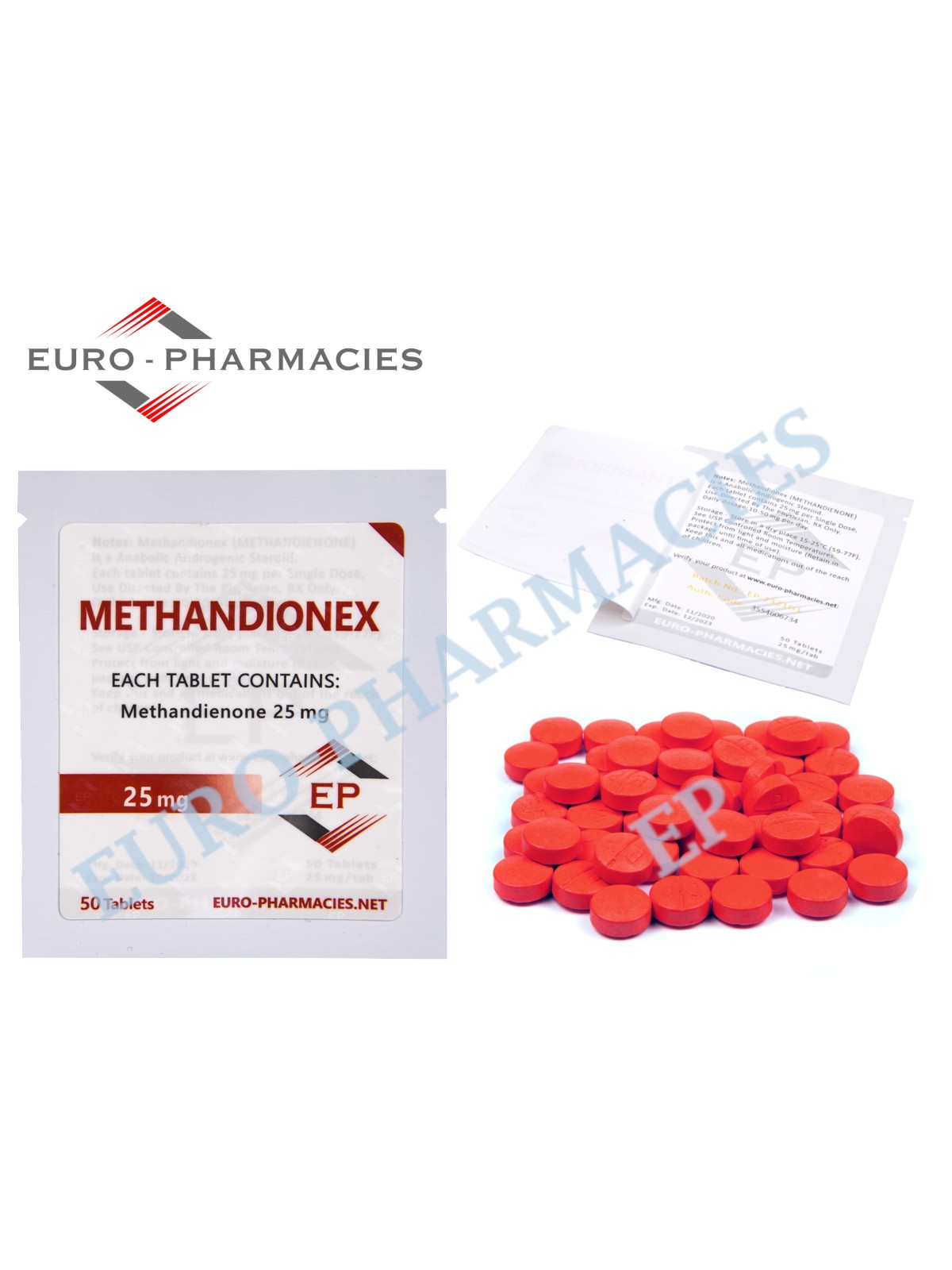
Treating Hypogonadism: Initially, Dianabol was used to treat hypogonadism, a condition where the testes do not produce enough testosterone.
Muscle Wasting Diseases: It was also prescribed for conditions that caused muscle wasting, like chronic illnesses and post-operative recovery.
Other Medical Applications: Dianabol found usage in treating some forms of anemia due to its ability to stimulate red blood cell production.
However, by the early 1970s, the non-medical use of Dianabol and other steroids was increasingly scrutinized and regulated, leading to tighter controls and eventual discontinuation of its production by Ciba. Despite this, Dianabol remains one of the most famous and widely discussed anabolic steroids in the history of sports and bodybuilding.
Dianabol’s history is emblematic of many anabolic steroids, initially developed for legitimate medical purposes but eventually becoming synonymous with performance enhancement in sports. Its effectiveness in rapidly increasing muscle mass and strength made it a popular choice among athletes and bodybuilders, leading to widespread nonmedical use and contributing to the evolving regulations surrounding anabolic steroids.
Dr. John Ziegler, expressed regret towards the end of his life regarding his role in creating DSianabol. He lamented the unintended consequences it had on young athletes, mainly how it turned otherwise healthy athletes into drug users.

Dosing Protocols of Dianabol (Methandrostenolone)
Historical Medical Use: Originally, Dianabol was prescribed for medical conditions like hypogonadism and muscle wasting at relatively low doses compared to what is used for performance enhancement. Clinical doses were typically in the range of 5-10 mg per day. -Presently, Dianabol is rarely used in clinical settings, and detailed modern clinical dosing guidelines are limited.
Bodybuilders and Powerlifters: In the context of bodybuilding and powerlifting, Dianabol is used in significantly higher doses than medical patients. Common dosages range from 10 mg to 30 mg per day, with some users going up to 60 mg or higher. However, such high doses increase the risk of severe side effects, especially from its aromatization into a strong estrogen. While the estrogen-like side effects on something like 50mg of Anadrol could still be manageable for some users, 50mg of Dianabol will surely require an anti-estrogen drug to be taken right along with the Dianabol.
Duration: The duration of Dianabol use in these contexts is typically shorter to minimize liver toxicity. Cycles usually last 4-6 weeks.
In the study titled “Effects of methandienone on the performance and body composition of men undergoing athletic training,” the subjects participated in two treatment periods, each lasting 6 weeks. These periods were separated by an interval of 6 weeks.[4] During the treatment periods, subjects were given a dose of 100 mg of methandienone per day or a placebo in a double-blind crossover design. This means each subject underwent one 6-week cycle with methandienone and one 6-week cycle with a placebo, with a 6-week break in between these cycles.
The study did not specifically mention liver toxicity. It focused more on the anabolic effects of methandienone such as increases in body weight, potassium, nitrogen, muscle size, and strength.
Female Use: Dianabol is generally not recommended for female athletes due to the high risk of virilization (development of male characteristics). If used, the doses are significantly lower, often not exceeding 5 mg per day.
Usage in Bodybuilding: Dianabol (Methandrostenolone) Dianabol, known for its significant anabolic properties, is a staple in the bodybuilding community. Here’s an overview of its use:
Primary Use:
Bulking Phase: Dianabol is primarily used during bulking phases due to its effectiveness in rapidly increasing muscle mass and overall strength.
Quick Gains: It is favored for its ability to provide quick and noticeable gains in a short period.
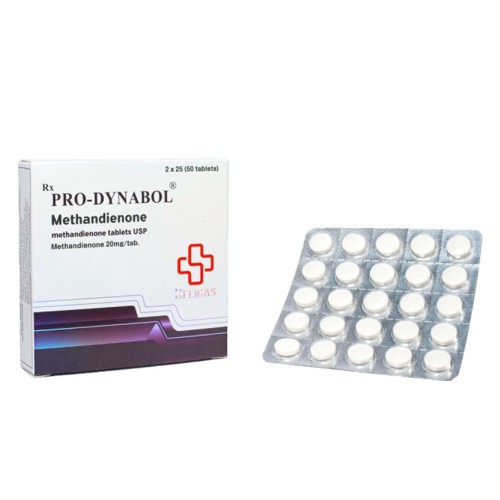
Stacking and Combinations:
With Testosterone: Often stacked with testosterone (various forms) to enhance anabolic effects while mitigating testosterone suppression that Dianabol can cause.
With Other Steroids: Commonly combined with nandrolone (Deca-Durabolin) and trenbolone during bulking cycles for synergistic effects on muscle growth. Used along with Primobolan in recomposition cycles.
For Kickstarting Cycles: Used at the beginning of a longer steroid cycle to kickstart gains while the effects of longeracting steroids build up.
Use Among Different Groups:
Beginners: Due to its potency, Dianabol is often recommended for beginner bodybuilders. However, beginners are advised to start with lower doses around 10mg-20mg per day.
Female Use: Not commonly recommended for female bodybuilders due to the high risk of virilization and other androgenic effects.
Supplemental Support:
Liver Protection: Supplements like N2Guard containing Milk Thistle and TUDCA are often used alongside Dianabol to support liver health. The use of N2Guard becomes necessary if you hit 30mg per day or above.
Estrogen Control: Aromatase inhibitors might be used to control estrogenic side effects.
- To avoid gynecomastia, you should stay under 20mg and don’t use other aromatizing compounds.
- You can omit the use of anti-estrogen drugs since many users can tolerate up to 20mg of Dianabol for up to six weeks without suffering gynecomastia.
- While 20mg will give you some water retention, that is a desirable trait of using this particular steroid. The real problem with using aromatizing steroids is the possibility of developing gynecomastia, which will need to be removed by surgery. The best way to use Dianabol is to allow some estrogenic water retention while avoiding gynecomastia.
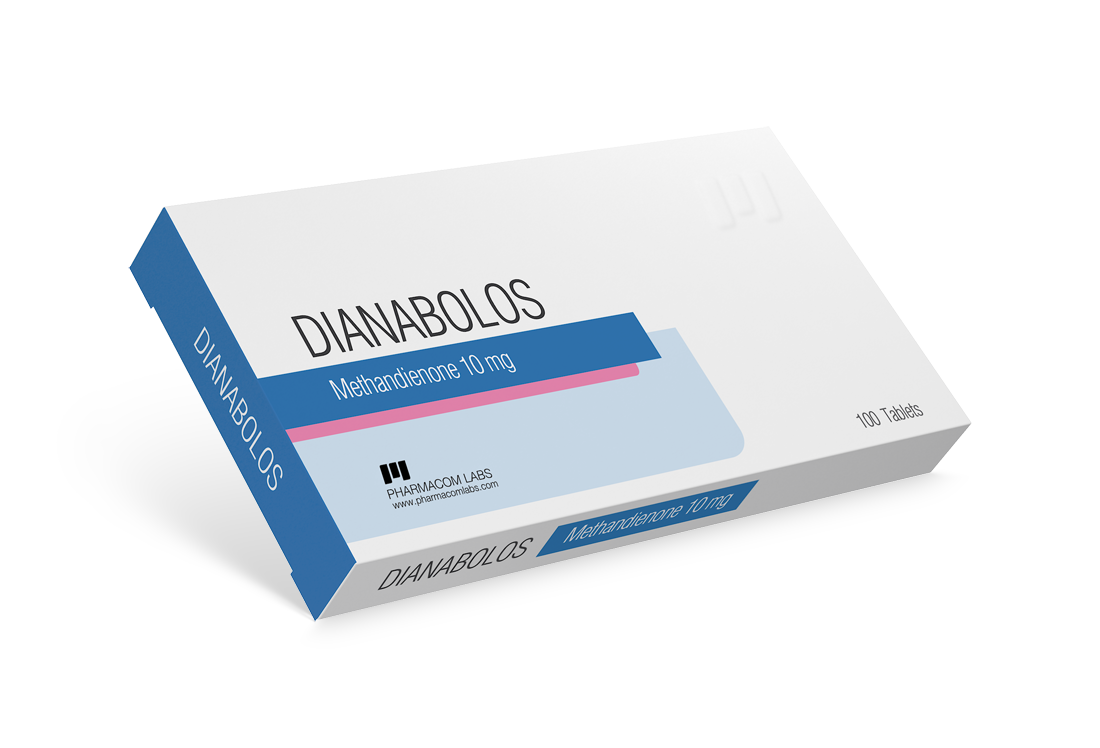
Precautions and Side Effects of Dianabol (Methandrostenolone)
Precautions:
Liver Health: One of the most significant concerns with Dianabol is its hepatotoxicity, especially in oral form. Regular liver function tests are recommended, particularly with higher doses or prolonged use.
Estrogenic Effects: Dianabol can aromatize, converting to estrogen in the body, which can lead to gynecomastia and water retention. Using an aromatase inhibitor can help mitigate these effects.
Cardiovascular Health: Dianabol can negatively impact cholesterol levels, increasing the risk of cardiovascular diseases. Monitoring blood lipid profiles is advisable.
Hormonal Suppression: Like other anabolic steroids, Dianabol suppresses natural testosterone production, necessitating a post-cycle therapy (PCT) to restore hormonal balance.
Dosage and Duration: Careful attention to dosage and cycle duration is essential to minimize the risk of side effects.
Side Effects:
Liver Damage: As a 17-alpha-alkylated steroid, Dianabol poses a significant risk of liver toxicity, particularly with high doses or extended use.
Androgenic Effects: Includes acne, accelerated hair loss in those predisposed to male pattern baldness, and increased body hair growth.
Estrogenic Effects: This can cause water retention, high blood pressure, and gynecomastia due to its conversion to estrogen.
Cardiovascular Risks: Negative impact on cholesterol levels, potentially leading to increased risk of arteriosclerosis.
Hormonal Disruption: Suppression of natural testosterone production can result in testicular atrophy and reduced fertility.
Psychological Effects: Some users report mood swings, aggression, and other psychological effects.
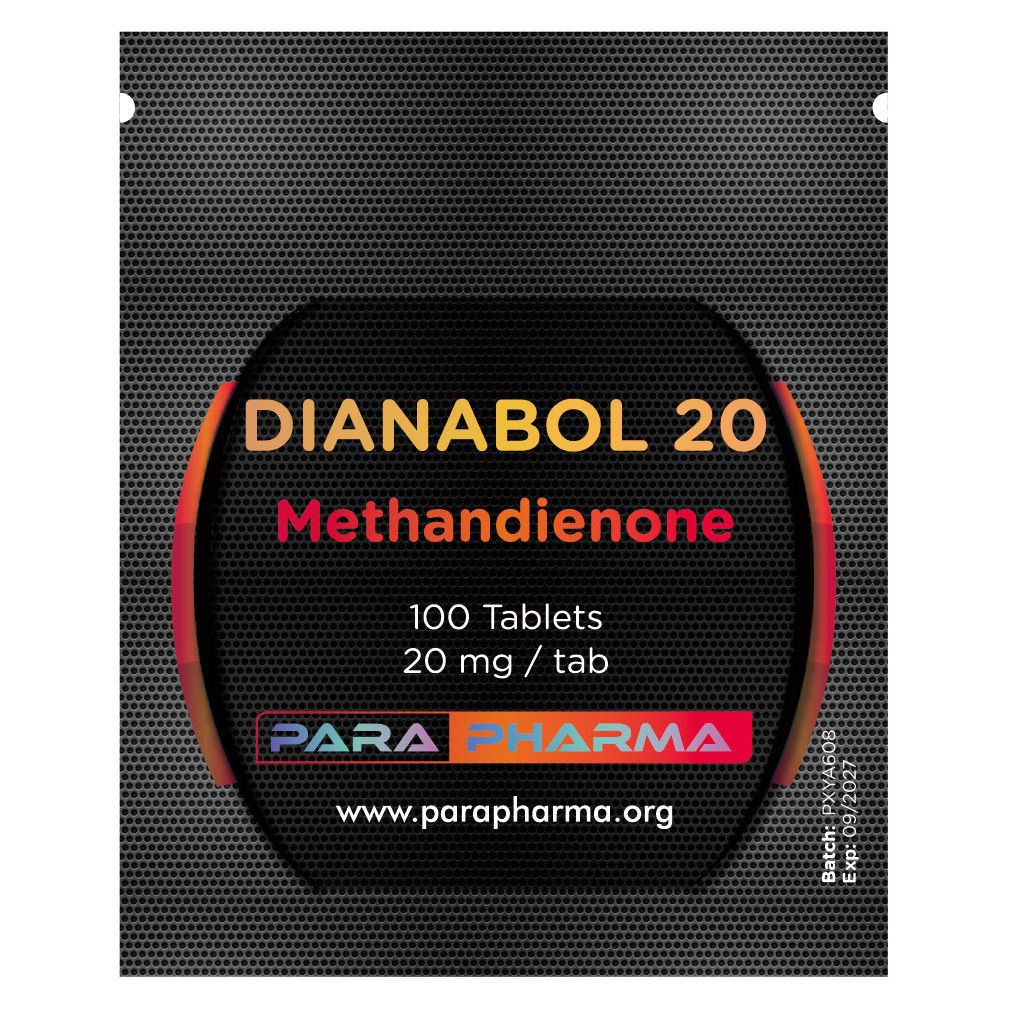
User Experiences
Individual Variability: The severity and presence of side effects can vary greatly among individuals. Dependence on Dosage and Cycle Length: Higher doses and longer cycles typically increase the risk and severity of side effects.
Dianabol (Methandrostenolone) in Sports and Media Scandals
Dianabol has been at the center of various sports and media scandals due to its widespread use as a performanceenhancing drug. Here are some notable instances:
Early Olympic Doping: Dianabol’s introduction into sports coincided with the rise of systematic doping programs in the 1960s and 1970s. It was reportedly used by athletes in the Eastern Bloc, particularly in the Soviet Union and East Germany, as part of state-sponsored doping programs.
Bodybuilding: In the world of professional bodybuilding, Dianabol has been a staple anabolic steroid since its inception. It played a significant role in the development of the modern bodybuilder’s physique, leading to increased scrutiny and debate over steroid use in the sport.
American Football and Baseball: In the 1980s and 1990s, Dianabol and other anabolic steroids were widely used in American sports like football and baseball. The BALCO scandal in the early 2000s, which involved several highprofile athletes across various sports, brought significant media attention to steroid use, including Dianabol.
“Dbol is used as a bulking steroid that produces mostly ‘wet’ gains (puffy look). It’s mostly added as a kick start to bulking steroid cycles during the first 6 weeks. This is done to allow for the longer ester injectable steroids to produce results, while the dianabol provides quick gains – strength, size, mass and confidence. It’s usually stacked with deca durabolin, testosterone or trenbolone.
Although it’s used as a kick starter to many bulkers, it doesn’t mean it can’t be a stand alone cycle. If used with Cardarine (GW-501516), aromasin, and winstrol, dianabol can become a stand alone oral cycle. Granted, the cycle will be short, maximum 8 weeks, but you’ll see some wet, hard gains, which will be worth the effort.”
-Albert Wolfgang
“Bionic SARMs”: Your Ultimate Guide.
Download Now!
This will close in 120 seconds
Underground Oral Steroid Handbook
Download Now!
This will close in 120 seconds
Underground Injectable Steroids Handbook
Download Now!
This will close in 120 seconds
Underground Peptides Handbook
Download Now!
This will close in 120 seconds
Secret to Mail Order Steroids 2024 Handbook
Download Now!
This will close in 120 seconds
Underground Steroid Cycles Handbook
Download Now!
This will close in 120 seconds
Beligas Pharmaceuticals 2024 Underground Guide
Download Now!
This will close in 0 seconds
The Nootropics Underground Handbook
Download Now!
This will close in 120 seconds
EUROPHARMA 2024 Steroid Handbook
Download Now!
This will close in 120 seconds
Para Pharma 2024 Steroid Guide
Download Now!
This will close in 120 seconds
Fitness and Performance Blueprint
Download Now!
This will close in 120 seconds
Geneza Pharmaceuticals Underground Steroid Catalog
Download Now!
This will close in 120 seconds
Lean Body Manual
Download Now!
This will close in 120 seconds
SARMs.co Research Guide
Download Now!
This will close in 120 seconds
Australian Labs Underground Guide 2025
Download Now!
This will close in 120 seconds
SOCIAL MUSCLE eBook
Download Now!
This will close in 120 seconds
SOCIAL MUSCLE FREE EBOOK DOWNLOAD
Secure your copy now — link will be delivered by email.
This will close in 120 seconds
